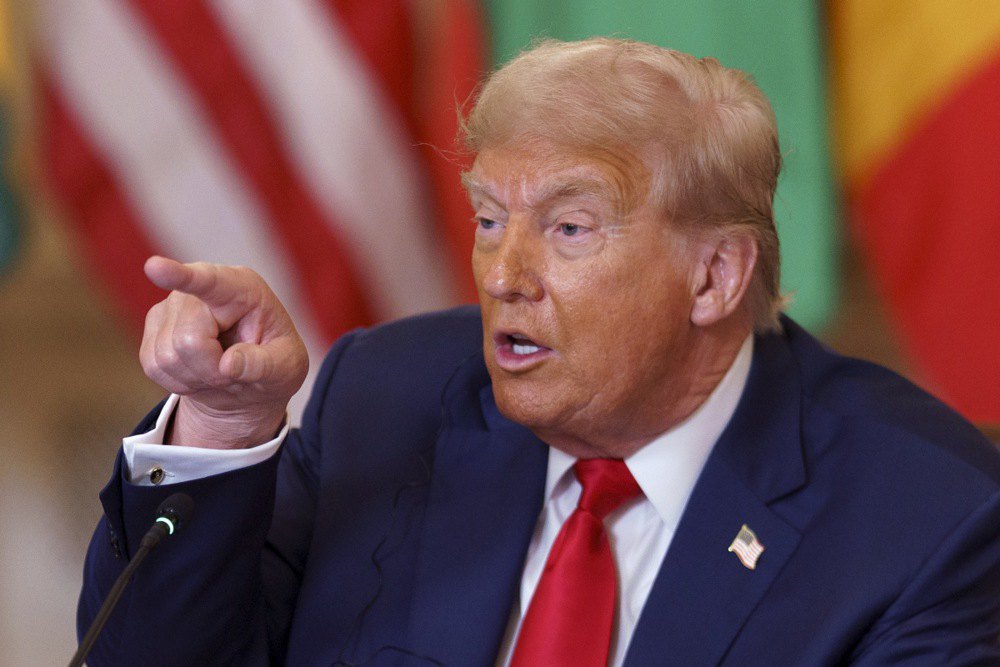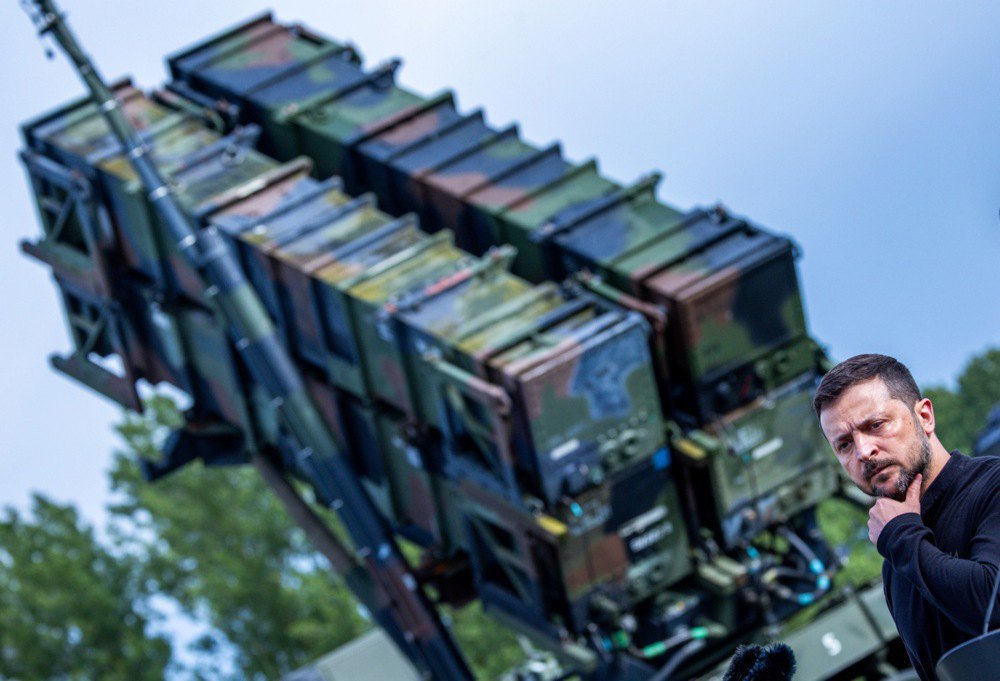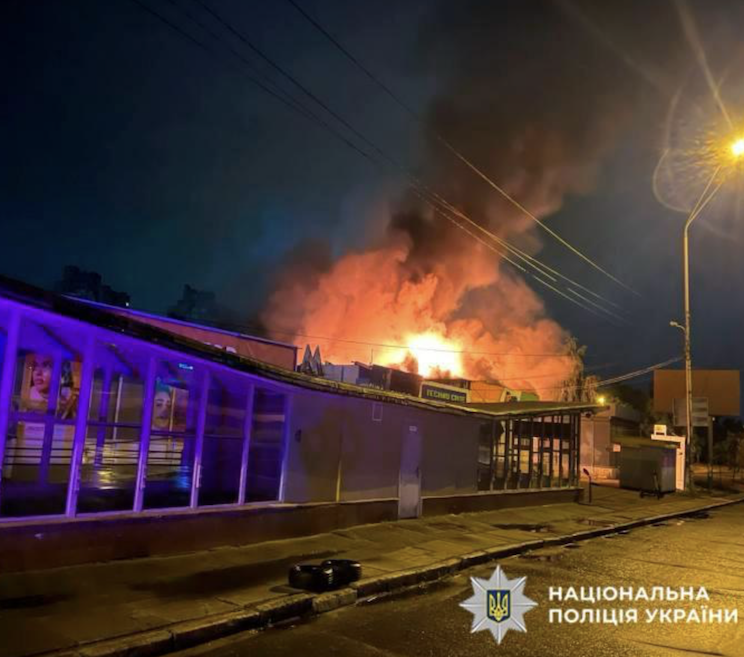
However, political rhetoric is one thing: everyone has grown accustomed to the eccentricities of the White House chief, who one day proposes building beaches and casinos in Gaza and the next threatens Canada with tariffs.
Another issue is that neither the EU nor the US has any alternative to supporting Ukraine.
Should Moscow succeed in occupying Ukraine, it will undoubtedly continue consolidating the so-called “historical Russian lands”, which could easily include not only the Baltic states, but also Poland and Finland.
This is not merely a political issue – it encompasses economics, sanctions, the loss of the hydrocarbon market in the EU, and the growing axis of rogue states, with Iran increasingly drifting towards China. Meanwhile, the Kremlin’s economic problems persist and will not be resolved through the occupation of any Ukrainian regions.
It is likely that all of Russia’s neighbours will significantly increase their defence expenditures, and future relations with Moscow will resemble those maintained with an adversary and competitor – limited to trade that is profitable but does not empower the opponent. North Korean-style resorts, a closed internet akin to China’s, rising mortgage costs, a debt trap, stagflation – all of this awaits the Russian economy, regardless of how the war ends.
A bear on a bicycle flying down a mountain, unable to brake, pedal or dismount – a fitting image of what is currently happening to Moscow.
The primary problem for the United States is that, with 60 Patriot batteries in service (excluding those undergoing modernisation, maintenance or which are not combat-ready), the search for additional systems for Ukraine has become little more than an excuse for endless meetings to determine who will allocate funds and who will collect them.
These are systemic issues. And this is not about industrial mobilisation or bearing a heavier burden than Ukraine. After all, supplying a few batteries over three years should not be difficult for a superpower. Or should it?
The same applies to plans to increase production of PAC-2 GEM-T and PAC-3 MSE missiles to a total of 750 units per year. This projection includes output from a new facility in Germany and expanded production in Japan. The target of 750 PAC-3 MSEs is set for 2027 – assuming all proceeds smoothly.

Moreover, Russia alone produces roughly the same number of Iskander and Kinzhal missiles annually, so there can be no talk of any real saturation of Western arsenals.
In addition to ballistic systems, Ukraine requires training launches, replenishment of Berlin’s stocks – which have been depleted by a quarter – as well as further deliveries to Poland and Romania.
And despite the fact that the United States possesses the entire production chain – including colleges affiliated with enterprises for training skilled labour, various government programmes, subsidies and guaranteed orders – the results remain more than modest.
Germany intends to finance the procurement of new batteries for Ukraine. Meanwhile, Switzerland has been informed that the delivery dates for the five batteries it ordered have been postponed by several years. Bern is now apparently awaiting parliamentary hearings to determine how it came to be that there are no missiles, no launchers, and not even clear timelines for when the United States will be able to deliver them.
This is how it unfolded: under Biden, the delivery dates for the missiles were postponed; under Trump, the delivery dates for the batteries themselves were delayed. Stability, in its own way.
On the other hand, Washington is once again actively engaged in the process of arming Ukraine, as hopes for freezing the war along the current line of contact have failed, and the disarmament of Kyiv – including withdrawal from entrenched defensive positions in the Zaporizhzhya, Kherson and Donetsk Regions – contradicts US interests.
Moscow must not be strengthened, and the West must receive nothing in return.
The principal stumbling block remains the disarmament of Ukraine – a demand from the Kremlin. It is this, not the status of the Russian language or the issue of the Luhansk People’s Republic, that is the real barrier to reaching an agreement.
Moscow dreads the prospect of sustaining a million-strong Ukrainian army, and the possibility of the entire European part of Russia being under threat from long-range drones is equally unwelcome. We know the worth of their promises and understand that securing the same level of international assistance in a future campaign would be difficult. These are the real reasons for the war’s continuation – the potential reconquest if we refuse to submit to the Russian Federation’s blackmail, and the spectre of Bucha engulfing half the country if we do.
Therefore, Ukraine faces a clear objective: to expand its military-industrial complex with injections of Western technology, spare parts, machine tools and financial resources. In parallel, the West must assist in protecting both established factories and decentralised garage-based production (distributed manufacturing) of self-propelled artillery, shells, mines, drones, UAV interceptors, cruise missiles and ballistic systems from aerial strikes. These are the assets that will enable us to raise the cost of aggression for the Kremlin to its maximum – and prevent them from striking at our logistical rear.

At present, no country besides the United States can provide us with several hundred ballistic missile interceptors. And in light of a potential confrontation with Beijing, the United States must simultaneously scale up missile production while ensuring that Moscow is not allowed to reinforce its capabilities. For this reason, announcements regarding air defence and missile defence support can be expected in the near future.







